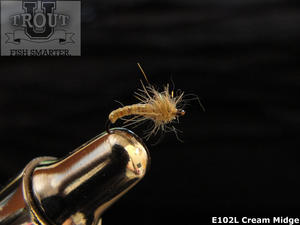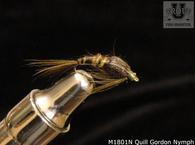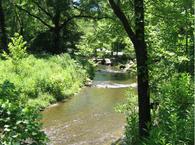
With the exception of a few aquatic insects like the hellgrammites, most of the aquatic insects important to trout for food, complete their entire life within a year or less. When these insects make the transition from living in the water to living on the land, they survive on the land for a very short time, usually less than a week. Depending on their sex, the adult fly is perched on vegetation, rocks or the ground for most of their lives while returning to the water only to deposit the eggs. Obviously, since they spend most of their lives in the water, they are called aquatic insects.
Now we have established that the best place to imitate aquatic insects is in the water, we noticed that the vast majority of these insects hatch between early spring and the middle of summer. A much smaller percent of the insects hatch in the fall with the exception of the bi-brooded insects like the blue winged olives that hatch twice a year. Therefore, there is a large amount of aquatic insect nymphs or larva available from early winter through the first part of summer. Since the aquatic insects spend almost all of their life in the water, to imitate them you have to fish a fly below the surface.
A fly fished on the surface (dry fly) should be used to imitate aquatic insects after the insect has hatched into a "fly" and no longer lives in the water. There are three brief periods in the life of an aquatic insect when a dry fly should be used and they are when the insect is on the surface of the water and about to depart the water, when the female is depositing her eggs on the surface of the water and when either the male or the female fall dead on the surface of the water.
With that said, it appears that the odds of catching trout on flies below the surface are much greater than fishing a dry fly. As noted above, the aquatic insects spend at least a hundred days of their life in the water for every few minutes spent on the surface of the water. Those flies can be imitating emergers, nymphs, or larva.





